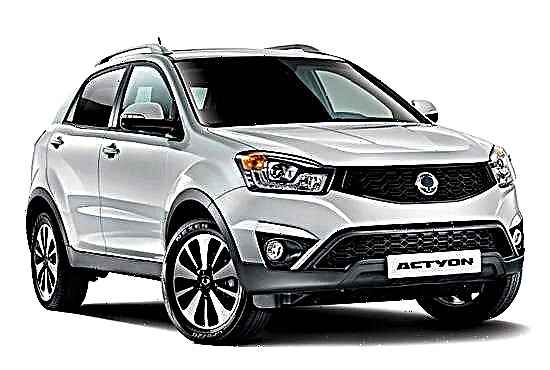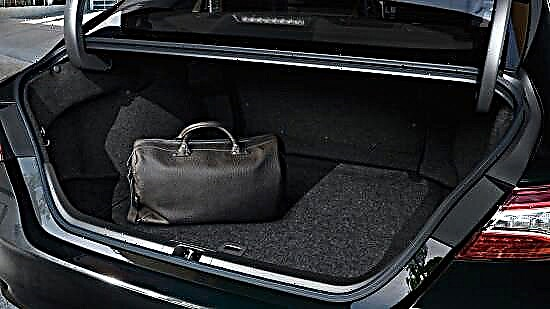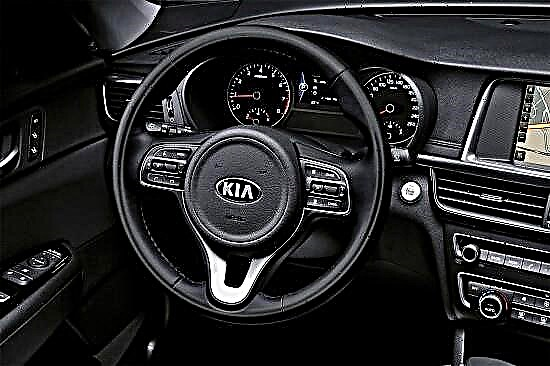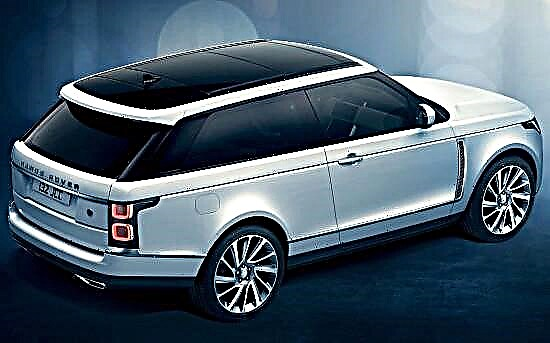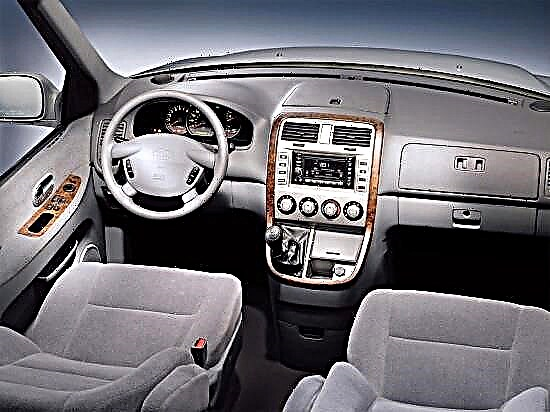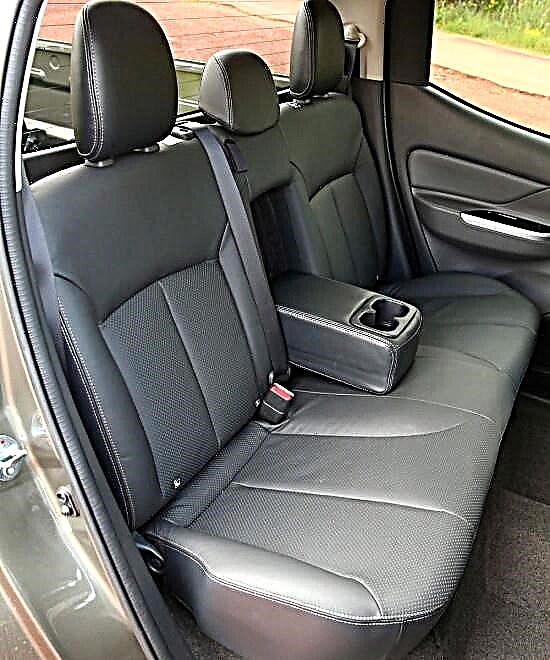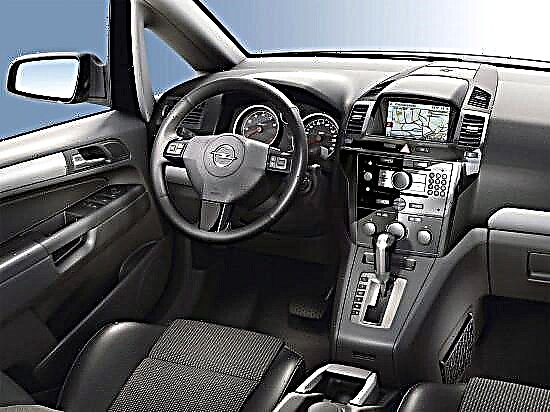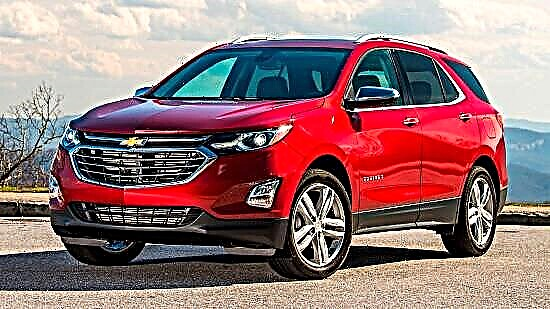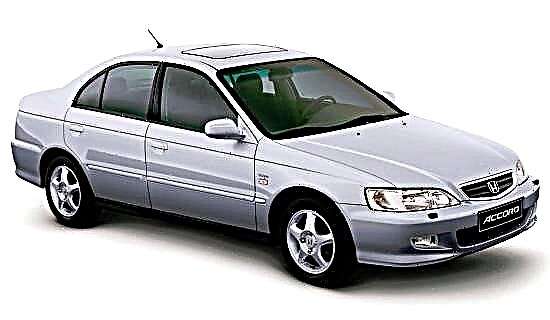The official premiere of the "sixth" Honda Accord took place in 1998, when it went on sale. Starting with this generation, there was an even more explicit division into versions intended for the Japanese, European and North American markets, which differed not only in appearance, but even in body solutions. Production of the car continued until 2002, after which its successor entered the market.

"Accord" of the sixth generation belongs to the class of mid-size cars, and its bodywork range united a sedan, a five-door hatchback, a two-door coupe and a station wagon.
The external dimensions of the car are as follows (they are influenced by the body type and specification): length - 4595-4811 mm, width - 1695-1786 mm, height - 1394-1455 mm. Depending on the modification, the wheelbase fits into 2665-2715 mm, and the clearance under the bottom does not exceed 150 mm. In the stowed state, the weight of the "Japanese" varies from 1230 to 1356 kg.
Specifications. A wide variety of powertrains were offered for the "sixth Accord".
- In the gasoline "league" were in-line four-cylinder units for 1.6-2.3 liters, developing 115-220 horsepower and 140-221 Nm of ultimate thrust, as well as a V-shaped six-cylinder engine with a volume of 3.0 liters and a capacity of 200 "horses".
- The car was equipped with a 2.0-liter turbocharged diesel engine, the output of which reaches 105 horsepower and 210 Nm of thrust.
The units were combined with "mechanics" with five steps or "automatic" for four gears, front or all-wheel drive.
In the arsenal of the 6th generation Honda Accord is an independent spring suspension of both axles, represented by a double wishbone design. The Japanese D-class model is equipped with a variable-speed electric power steering and an efficient braking system with four-wheel disc brakes (ventilated at the front) and anti-lock technology.
The "sixth" Honda Accord is notable for its pleasant appearance, high-quality interior, excellent handling, spacious interior, driving performance, reliable design, rich list of equipment and good dynamics and fuel efficiency.
They are counterbalanced by a low level of sound insulation, rigid suspension, low light from frontal optics and expensive maintenance.

